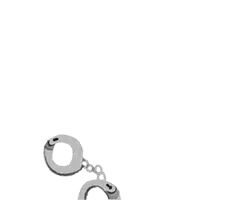Part 4General provisions in relation to search, surveillance, and inspection powers
Carrying out search powers: Identification and notice
133Inventory of items seized
The person who carries out a search must, at the time he or she seizes any thing, or as soon as practicable after the seizure of any thing, and in any case not later than 7 days after that seizure, provide to the occupier of the place, or the person in charge of the vehicle or other thing, from where the seizure took place, and to every other person who the person who carried out the search has reason to believe is the owner of the thing that was seized,—
- written notice specifying what was seized; and
- a copy of the authority referred to in section 131(1)(b).
A written notice referred to in subsection (1)(a)—
- must contain information about the extent to which a person from whom a thing was seized or the owner of the thing has a right to apply—
- to have access to the thing; or
- to have access to any document relating to the application for a search warrant or the exercise of any other search power that led to the seizure; and
- to have access to the thing; or
- must contain information about the right to bring a claim that any privileged or confidential information has been seized; but
- need not be provided to the occupier of the place or person in charge of the vehicle or other thing from which the seizure took place, if the person who carries out the search is satisfied that none of the items seized are owned by that person.
If the occupier of the place or person in charge of the vehicle or other thing is not present at the time of seizure, a written notice referred to in subsection (1)(a) and a copy of the authority referred to in section 131(1)(b) may be provided to that person by leaving the notice in a prominent position at the place, or in or on the vehicle or other thing.
Subsection (1) is subject to subsections (2) and (3).
This section is subject to sections 134 and 135.


